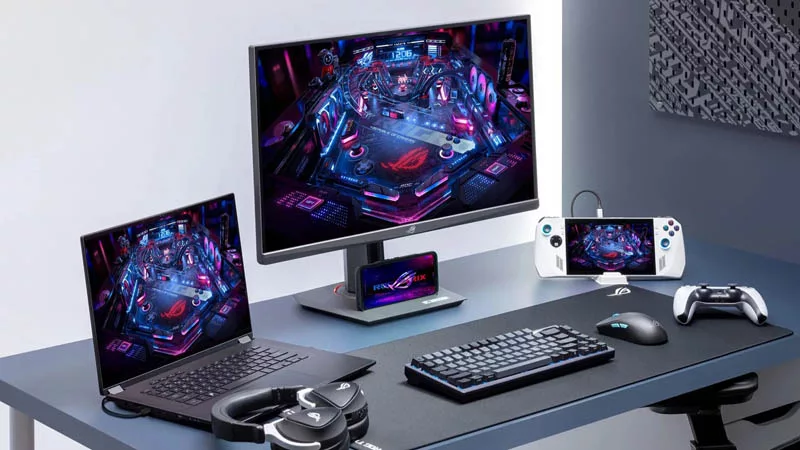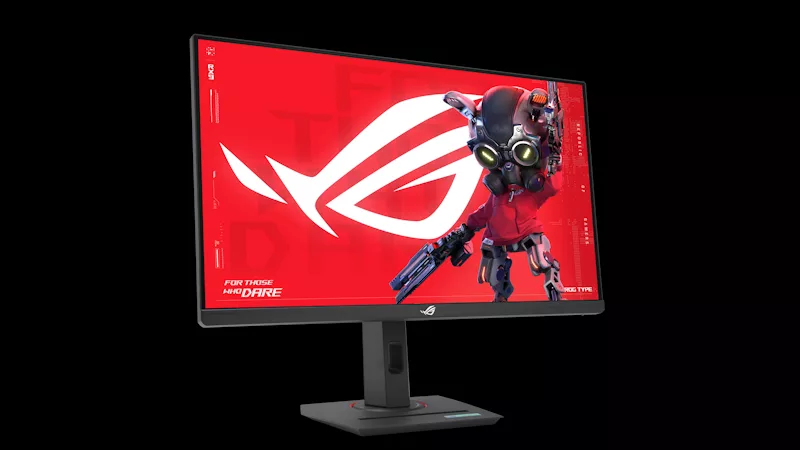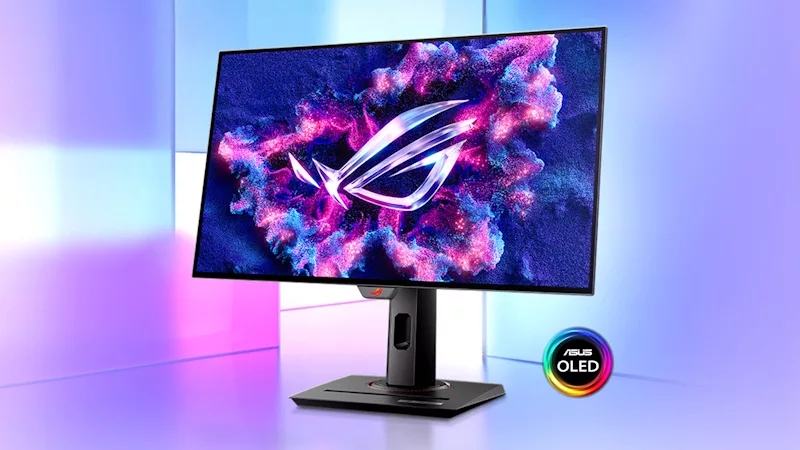The ROG Swift 360Hz PG27AQN delivers 360Hz gaming and supremely low response times on a 1440p screen
In 2021, ROG shattered boundaries with the world’s first ever 360Hz display. Now, we’re bringing this esports-focused display technology to a larger screen with a higher resolution. Enter the ROG Swift 360Hz PG27AQN, a 27” display with a 2560x1440 resolution and the same sizzling 360Hz refresh rate that made its predecessor the official display at last year’s DOTA 2 The International championship.
Competitive gamers already know the advantages of playing with sky-high refresh rates. The PG27AQN, like the ROG Swift 360Hz PG259QN before it, draws new frames a whopping six times faster than conventional 60Hz monitors, giving gamers a moment-by-moment advantage as they battle for victory in arenas where milliseconds separate the winners from the hopefuls.
In the past, enthusiasts could only reach frame rates high enough to take advantage of such high refresh rates with optimized settings and low resolutions. Today, high-end graphics cards offer so much raw horsepower that gamers can take advantage of a 360Hz refresh rate in many esports games even when they’re playing at 1440p. The PG27AQN gives gamers the power to play with both ultra-smooth animation and a finely detailed image.
Building the world’s fastest display
The PG27AQN’s chart-topping refresh rate and QHD resolution would be enough to establish it in a tier of its own, but we didn’t stop there. Three key innovations in its liquid-crystal display technology give it the fastest response time of any monitor we’ve ever made. We call this trio of innovations ultra-fast IPS technology. It’s built to crush motion blur and give gamers unprecedented clarity even in the fast-moving battlefields of today’s esports competitions.
In order to drive down response times, we had to optimize the very structure of the display. Put simply, in an LCD panel, light from the backlight passes through an array of liquid crystals and an RGB filter to create each image on the screen. To control how much light goes into the red, green, and blue filters for each pixel, voltage is applied to change the orientation of the individual liquid crystals. Turned one direction, the crystals block the light and the pixel is black. Turned another, the crystals allow all the light through and the pixel is white. When a pixel needs to change color, the liquid crystals twist to allow more or less light to pass through each element of the RGB filter. The amount of time it takes for the liquid crystals to twist from one position to another determines the response time of the LCD panel.
How have we improved this tried-and-true formula? For the ROG Swift PG27AQN, we’re introducing a new kind of liquid crystal that offers higher birefringence and lower viscosity so they can twist quickly and make space for light to pass through. We’ve also changed the orientation of the liquid crystals for efficiency. Previously, they were lined up parallel to the polarizer surface, so the response time for the entire screen to turn from black to white was slower. With this new arrangement, the liquid crystals take less time to turn compared to the ones found in normal panels.
Last, we integrated a dual-layer voltage driver into the display. Conventional displays only use a single-layer voltage driver to twist the liquid crystals from the upper left to the bottom-right corner. With the new dual-layer voltage driver design, the liquid crystals twist from the upper-left and bottom-right corners simultaneously for a smoother, more consistent image.
Locate and banish latency
Many gamers have experienced the pain of playing with high ping, or the lag inherent to network communications. But our PCs are also a source of potentially detrimental latency, as well. For many years, esports teams needed specialized gear, expensive cameras, and considerable time to measure, diagnose, and minimize the end-to-end latency of their members’ rigs.
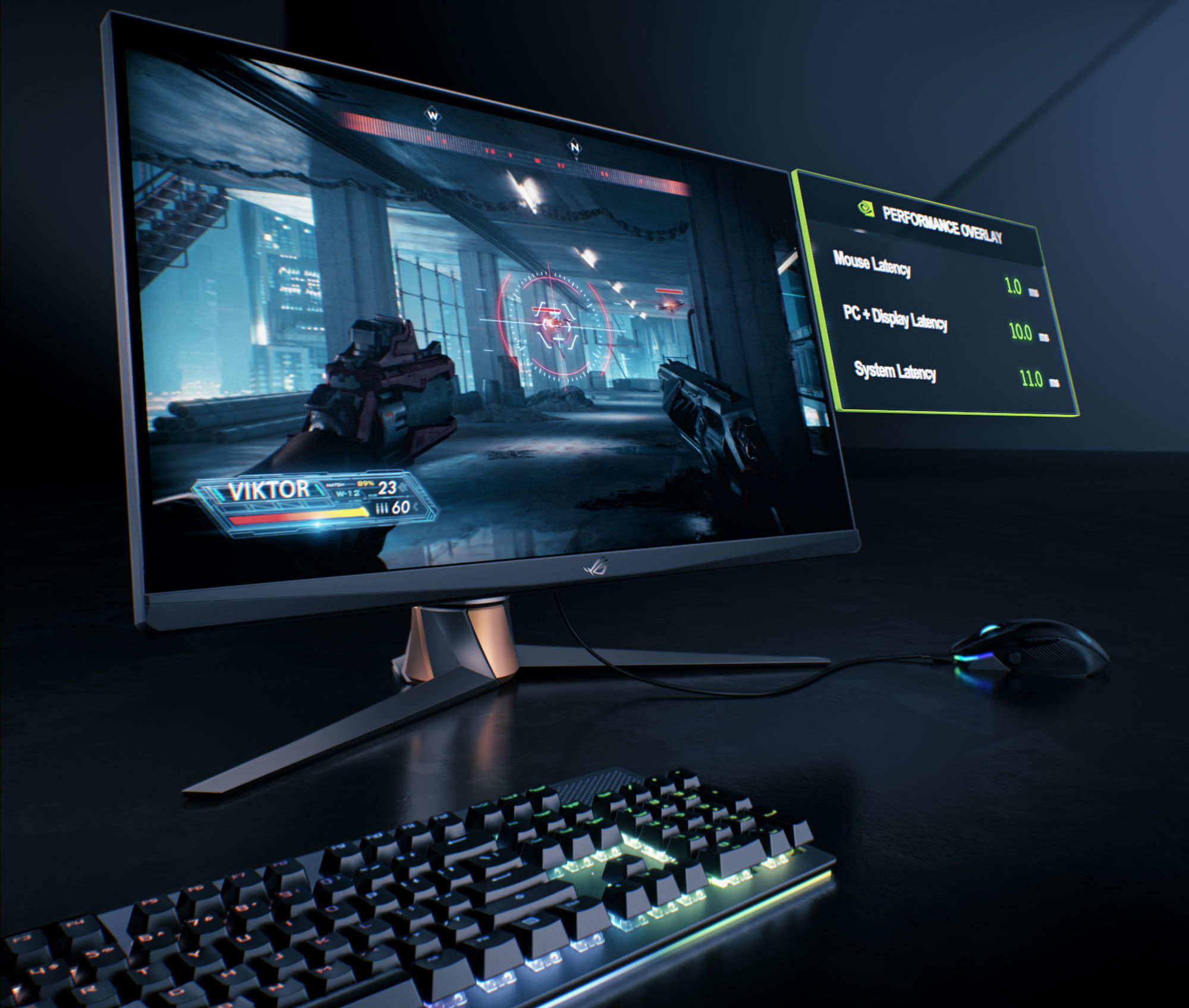
But we’re making things simpler. Owners of the ROG Swift 360Hz PG27AQN can use the built-in NVIDIA Reflex Analyzer to quickly check end-to-end latency. All it takes is a compatible mouse connected to the monitor and a quick trip into the on-screen display. Thanks to this convenient tool, gamers can observe latency in real time, allowing them to make sure their rigs aren’t holding them back from reacting to the action as fast as their reflexes will allow.
Tools for exceptional gaming
The smooth and clear motion of this groundbreaking display will appeal to a wide range of enthusiasts, so we rounded out its kit with a suite of specs that make it ideal for any game.
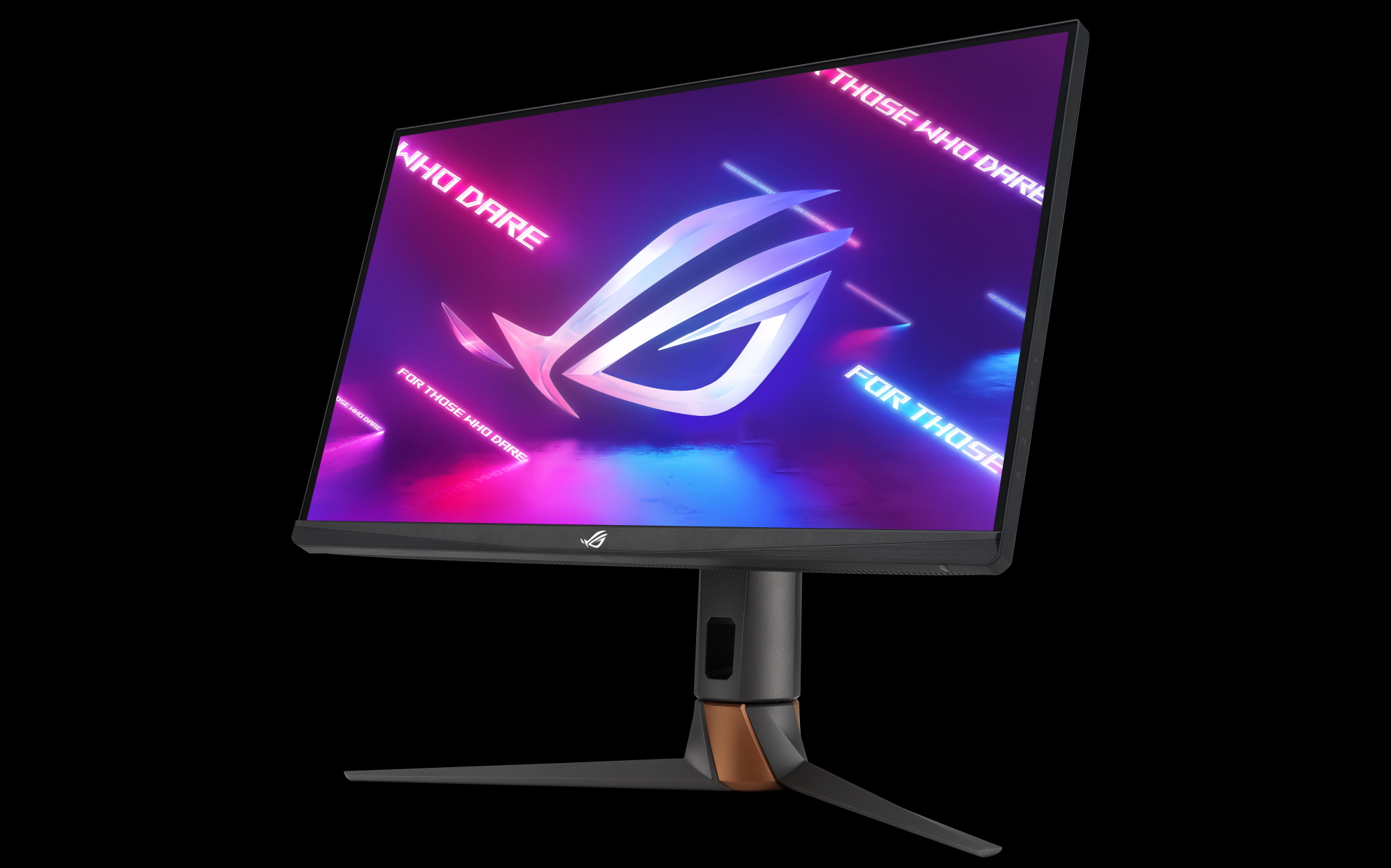
The PG27AQN is a NVIDIA G-SYNC display that offers supersmooth visuals and faster response with variable overdrive—perfect for competitive play. The NVIDIA G-SYNC processor delivers an amazing experience with no tearing, stuttering, or input lag. This variable refresh rate technology synchronizes the refresh rate of the display with the GPU so that you get a smooth and tear-free gaming experience, all without the latency introduced by traditional Vsync.
Broad connectivity and convenient features make the PG27AQN a breeze to set up. It offers a trio of HDMI 2.0 ports and a DisplayPort 1.4 connector. A cable management channel built into the stand lets you tuck cords out of sight. And an integrated USB hub makes it easy to connect your favorite peripherals to your PC while keeping your desk surface tidy.
Victory awaits
With its 360Hz refresh rate, exceptionally low response time, and high-resolution 1440p panel, the 27” ROG Swift 360Hz PG27AQN stands ready to arm the most competitive esports gamers for victory. As the fastest ROG monitor ever built, it offers unparalleled smoothness, clarity, and speed.
To learn more about the pricing and availability of the ROG Swift 360Hz PG27AQN in your region, please contact your local ROG representative.
